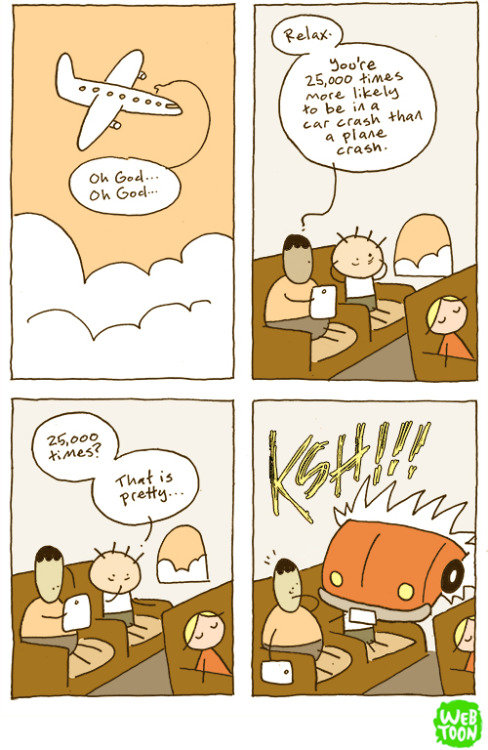In a battle between a Bald Eagle and a chicken, the chicken is definitely the long shot. And yet you can’t help but root for the eagle. It is a magnificent creature, precision-built to do two things that reliably fill humans with awe—fly and kill—and it looks completely at ease doing both. Swooping down, the eagle unfurls its hand-like claws, scoops up a chicken, and sweeps up to a tree, whereupon the larger bird lays the smaller bird on a branch to allow for easy consumption. It’s unclear exactly when the chicken dies, but the eagle’s beak is quite effective at pulling out the other bird’s meat. After a few minutes, all that remains is a clump of feathers and discarded viscera. These gory leavings splatter anything below the tall oaks at White Oak Pastures, a family farm in rural Georgia—including, one morning, Jenni Harris’s SUV.
Jenni’s father, Will Harris, the fourth-generation owner of White Oak Pastures in the tiny town of Bluffton (population: 100), is laughing as he tells me about the gut-drenched vehicle. Jenni was unperturbed, he explains; she simply wiped the bloody goo off the windshield before driving away.
What else could she do? The slaughter here is relentless. White Oak is home to one of the largest pastured chicken flocks in the country; at any given time, 60,000 birds wander the land in accordance with pasture-raised parameters. As the next level beyond free-range, this farm never contains its adult birds indoors, instead allowing them to roam without restraint at all times. This also means that for the Bald Eagles that showed up a few years ago, White Oak is an all-you-can-eat buffet.

Photo: iStock
When I visited in January, at least 75 Bald Eagles were living on the farm, where they overwinter October to March. At that time, Harris estimated each raptor was killing up to four chickens a day, racking up a total of at least $1,000 in daily losses. Due to the birds’ protected status under the Bald and Golden Eagle Protection Act and other federal laws, Harris had few options. He couldn’t kill them. He could try to shoo them, but most methods would be costly and likely to scare the chickens before the eagles.
So for a time the farm tried to live with them. Harris chose to view the sacrifice of some of his principal product in terms that verged on the spiritual. “You’re supposed to give 10 percent to the church and we don’t really do that, but we’re giving 10 percent to nature,” Harris says. Though by this past winter, White Oak probably gave a little more than it could truly afford: Right around the time Harris contacted the National Audubon Society, in December 2015, the eagles had moved from attacking chickens only to taking down turkeys, too. A few weeks later they went after the newborn goats. The U.S. Department of Agriculture has a program that reimburses farmers who incur losses from protected wildlife, but to get the money, you must prove the predator caused each death—a complicated endeavor when you’re talking about thousands of chickens.
Of all places for this to happen, White Oak is probably one of the best spots for the eagles to have staked a claim. When he realized the predators were not going anywhere, Harris alerted the Georgia Department of Natural Resources (DNR) to the birds’ presence and asked for advice on how to handle them—a refreshing change from the “shoot, shovel, and shut up” strategy some farmers might employ, says Jim Ozier, former eagle coordinator for DNR. Of course, this holistic approach toward both farming and animals may explain why the eagles are there in the first place. During the past 20 years Harris has transformed White Oak from an industrial cattle operation into a farm that produces a wide variety of organic, sustainable products. “Everything we’re trying to do, we’re trying to emulate nature,” Harris says, though he quickly admits, “Sometimes it’s imperfect and sometimes it sucks.”
No one benefits from the current setup—not the Harris family, not the eagles, and certainly not the chickens. The question at White Oak, where the trees rain guts, is how to fix the problem.
And sometimes it backfires. It may be true that the more natural and more humane way to raise a chicken is to let it run around in the grass rather than live its days cramped in a cage. But the raptor mob isn’t just bad for the chickens or for Harris’s profit margins. It’s also bad for the eagles themselves. The high concentration could have negative ramifications. If one gets sick, for instance, all of them could fall ill. What’s more, juveniles form bad habits: Picking off captive chickens does not require the same skill as, say, snatching wild catfish from the churning Chattahoochee River. So no one benefits from the current setup—not the Harris family, not the eagles, and certainly not the chickens. The question at White Oak, where the trees rain guts, is how to fix the problem.
The situation is difficult to remedy in part because it is unique. While non-breeding eagles are known to gather in large concentrations in winter where food is abundant, such as points along the Mississippi and reservoirs on the southern Great Plains, they’re usually feeding on fish, not poultry. Most people who pasture-raise chickens have much smaller flocks, and on any farm you might expect to see a few chickens roaming. At White Oak, if you’re in the right place, the birds appear in thousands-strong swarms. The chickens tend to congregate around their small homes—modified sheds on skids, each with attached tarps that block wind and shade seed and water. The houses are clustered in groups of six and are moved every few days, following cattle as they graze from pasture to pasture across the 2,500-acre property. The arrangement benefits bird, ruminant, and pasture alike: As the animals move across the land, their droppings help fertilize it. The chickens also eat bugs in the cow dung, cutting down the number of pests that bother the cattle and reducing the risk of infection by some smaller parasites and disease-carrying larvae that would otherwise thrive in manure.
When Harris took over the farm from his father, it was solely a cattle ranch. Like any comparable industrial livestock operation, the animals were fed on bought grain, raised in close quarters, injected with antibiotics regularly, and eventually shipped West to huge slaughterhouses. It was a profitable venture, operating with only three full-time employees. But as Harris tells it, he simply couldn’t stomach the unnaturalness of a process he had come to see as cruel. So he had to learn how to create a system that allowed the animals to move more freely and didn’t require antibiotics. Thus began a years-long evolution in which he rebuilt his farm, moving from a beef-centric system operating only through the grace of nitrogen-based fertilizers into a full-cycle ecosystem.
Today White Oak Pastures raises cattle, pigs, sheep, goats, rabbits, chickens, turkeys, guinea fowl, ducks, and geese. It also runs an organic produce farm and small egg, honey, and pet-treat operations. The pet treats are made with the leftover ligaments, skins, and bones from livestock slaughtered on site. Between 2007 and 2011 Harris spent $7.5 million building two abattoirs, one for poultry, one for red meat. Thanks to the slaughterhouses, the farm now employs about 130 people—more than the permanent population of Bluffton. White Oak slaughters 30 cows a day in a relatively calm and peaceful setting, especially compared to the industrial slaughterhouses where White Oak cattle used to be killed, which process up to 400 animals per hour.
“When I was a commodity farmer, all I thought about was how many pounds of beef I could wring out of this farm at the lowest possible price,” Harris says. It’s raining, and we’re in his Jeep, driving on a path through his fields. The front seat is his primary office. He creeps around the edges of the fields with his seatbelt buckled underneath him, making it easy to hop out and open a gate, occasionally pausing our conversation to take phone calls streamed through his car speakers. Business, conducted at about five miles per hour.
Today his business card describes him as a land steward. Since introducing his new method, he’s expanded the farm, each year buying land from neighboring farms and transforming White Oak from fertilizer-dependent raw earth into rich grassland that sustains his cattle. As we off-road around the property, he tells me how long he’s worked each plot. It’s been particularly rainy, so at each field he pulls over to inspect the water running off the pasture. On the oldest land he’s owned, the runoff is clear—a sign that no topsoil is leeching out. On younger land, it’s muddied with red Georgia clay. On his neighbor’s land, which is owned and farmed industrially by his cousin, it’s opaque.
“It’s like blood,” I say.
“It is blood,” Harris replies.
White Oak Pastures primarily sells its products in Whole Foods from Miami, Florida, to Princeton, New Jersey, and west to Columbus, Ohio, as well as in farmers markets in Georgia and Alabama. Harris is trying to drum up more online business direct from consumers, who he thinks will buy more consistently and thus give White Oak a more guaranteed source of income. One possible upside of the eagles’ presence is that the increased attention could also increase profits. After White Oak posted a photo of the raptors on Facebook in early December 2015, requests to see the birds started coming in. Weekends at the farm’s six guest cabins quickly booked solid, an unusual feat in the winter.
Six years ago, Will Harris decided to welcome chickens into his family's cattle business. A year later, the eagles began inviting themselves over. Photo: Bryan Meltz
Still, White Oak isn’t yet profitable enough to have clearly warranted the millions in investments made. “If you had a Harvard MBA candidate look at my operation and an operation like my cousin’s from a purely economic perspective, she’d say, ‘That’s the better investment by far, because he’s getting a higher return with less risk,’” Harris says. But he believes his way will win out in the end, because his land is healthier.
At dawn and dusk throughout the winter, if you pull off the road near a cluster of White Oak’s chicken shacks, you’re guaranteed to see at least a dozen eagles, some perched in trees and some snatching prey below. A human observer might perceive the magnificent raptors’ actions as lazy, but Ozier describes them as “naturally efficient.” After all, they’re maximizing caloric intake and minimizing energy output. It may not be the kind of impressive behavior we’d like to see, but it’s clearly effective.
Six years ago, there were no eagles on the farm. Then Harris brought in the chicken operation. By the next year, a dozen eagles showed up, and the year after that, around 30. This past winter that number more than doubled.
I’m sitting on the trunk of my car one evening watching eagles take their pick of the poultry when Harris pulls up in his Jeep. I ask him whether the eagles drive him crazy. “You bet,” he says. Most of the time he’s pretty good-natured about the birds, joking about their presence, but standing before them he knows he’s watching money swirl down the drain.
There weren’t always so many eagles, because there weren’t always so many chickens. Six years ago, there were no eagles on the farm. Then Harris brought in the chicken operation. By the next year, a dozen eagles showed up, and the year after that, around 30. This past winter that number more than doubled; in one photograph, 78 eagles perch in the towering oaks that border much of the farm. Their postures are both regal and self-assured—it’s almost as if they know how admired and protected they are. “I don’t know how they spread the word,” Harris says. “Must be on their eagle blogs.”
As much as the uninvited guests aggravate Harris, the chickens themselves don’t even seem to notice the huge predators in their midst. A Bald Eagle can land in the middle of dozens of chickens and they’ll continue pecking at the ground as if nothing were there. “Once I even saw a Bald Eagle inside a chicken shack, just picking them off one at a time,” the poultry manager, Daniel Coady, tells me. The chickens didn’t make a peep.
Harris hired Coady in May 2015 to “figure out” the chicken situation. Coady came to the farm via an untraditional background, having worked most recently as a chemist in an IBM Research lab. For him, it’s not the loss of life at White Oak that’s bothersome; it’s the system’s inefficiency. Like any true scientist, Cody is meticulous about tracking his subjects. While we’re talking in a chicken house, I point out a chick flopping around on the floor. Coady scoops it up, puts it on the ground outside the shack, and waits a full five seconds for it to get up and walk. It doesn’t. The quick assessment convinces him it’s not healthy enough to survive. Coady shrugs at me apologetically before snapping the chick’s neck with his fingers and tossing it to the side for his “mortality guys” to pick up and count later, adding one more piece of information to the database that tracks chicken deaths and their causes.
Even discounting the three or four chickens each eagle takes every day throughout the winter, Coady thinks the farm’s chicken-mortality rate is too high. It’s roughly 15 percent throughout the year, though some weeks it’s higher and some weeks it’s lower. He’d like it to be somewhere around 10 percent—far below the estimated 18 percent mortality rate the USDA expects for free-range chickens (for comparison, it’s 4 percent for confined chickens). When chicks get scared, they “smother,” all cramming into a corner of their house where they feel safe. Some inevitably suffocate amid the melee. Any time it rains the chickens smother, so at any sign of this weather, day or night, Coady drives out to the shacks and tries to separate crammed-together chickens. He thinks he may have a better solution to cut down on smothering: Redesign the houses so they don’t have corners. The eagle problem is less easily solved.
Harris has turned to state and federal agencies for help. In February Georgia DNR employees visited the farm and made a number of recommendations. Two of the main suggestions—put up wire over a swath of pasture to keep out eagles, or move the chickens closer to humans—were impractical for White Oak. They’d prevent the chickens from following the cattle, thus unraveling Harris’s carefully built system. The farm has adopted targeted noise-makers, which go off in the trees and, so far, cause the eagles to scatter. There’s no guarantee that they’ll continue to work, however, and the cost in terms of man-hours and money adds up; White Oak has spent $5,000 on noisemakers that someone must manually set off at dawn and dusk.
Harris is in talks with the USDA about seeking reimbursement for his financial losses through the Livestock Indemnity Program, which offers 75 percent of the average fair-market value of each animal lost, up to a maximum of $125,000 a year. The tricky part is proving that the eagles directly caused the losses, and the government demands hard evidence. Coady’s meticulous tracking of chicken mortality may not be enough; the program asks for other documentation, such as records from a veterinarian or from the Federal Emergency Management Agency, or photographs or video of the attacks.
Ironically, the eagles themselves might help alleviate some of the financial strain they’re causing. As events manager, Jodi Harris Benoit, another of Harris’s daughters, runs the farm’s agritourism business, which is exactly what it sounds like. The birds are helping address one of her big challenges: There isn’t that much for people to do on the farm, besides learn about things like beekeeping and seed starting. (Harris Benoit has had to dissuade many kindergarten teachers from bringing their classes by explaining that “it’s not a petting zoo.”) But everyone loves watching Bald Eagles.
In January, the monthly Farm Day focuses on the birds. The six onsite cabins, which sleep up to six people and go for $99-$259 a night, are all booked for the event, and the 40-person workshop ($55 a head) is sold out. Most attendees are photographers lugging serious gear, intent on getting close-ups. Yet Harris isn’t shy about attempting to recruit them as customers: “Go home and order a chicken,” he wryly suggests at the end of his talk, before everyone loads into trucks to go see the eagles. “Not only can you help us with our economic hardship, but you can be damn sure that that was a healthy chicken—that son of a bitch was quick.”
Harris has his own ideal solution, and it has nothing to do with noise-makers or reimbursement programs or tourism. If everyone farmed in the nature-first way he does, he says, eagles wouldn’t concentrate on his farm. Flocks of chickens scattered across the Georgia countryside would naturally cause eagles to disperse into smaller, healthier populations. Of course, a pasture-raised chicken revolution won’t happen any time soon, and Harris says he has no interest in evangelizing for his cause. He’s too busy plotting how to best make White Oak thrive.
On my first night on the farm, Harris drives me past Bluffton’s main street to the Kolomoki Mounds. Native Americans constructed the earthen buildings sometime between 350 and 750 A.D., and it was one of the largest settlements north of Mexico at the time. The settlement flourished for the same reasons White Oak has prospered for five generations—the rich clay soil and the warm, rain-heavy weather pattern coming up from the Gulf of Mexico make the area fertile. As Harris and I sit in the stopped Jeep, gazing at the grass-covered mound, he explains why this spot is special.
Harris sees the land as sacred, and as self-appointed “land steward,” he sees himself as a caretaker—one individual in a long line of people who have tended this land, and who might go on to farm it for centuries more. If it’s cared for properly. “Nature abhors a monoculture,” Harris utters often, and it’s this belief that justified his transformation of White Oak. Farming his land as he does now ensures that it will continue to be healthy, be it for future farmers or future wildlife. For now, he’s willing to accept his oversized eagle population as the best evidence he’s got that he’s swung the pendulum back in the right direction. Not that he has much of a choice.
* * *
Take a brief look at the history of the Bald Eagle's decline and resurgence:
“The views expressed in user comments do not reflect the views of Audubon. Audubon does not participate in political campaigns, nor do we support or oppose candidates.”
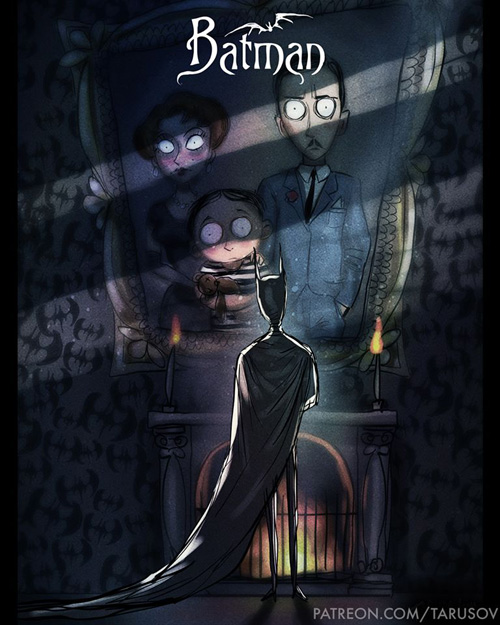

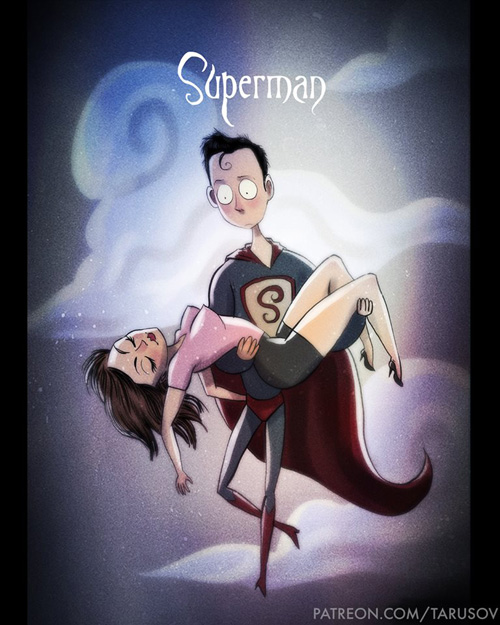





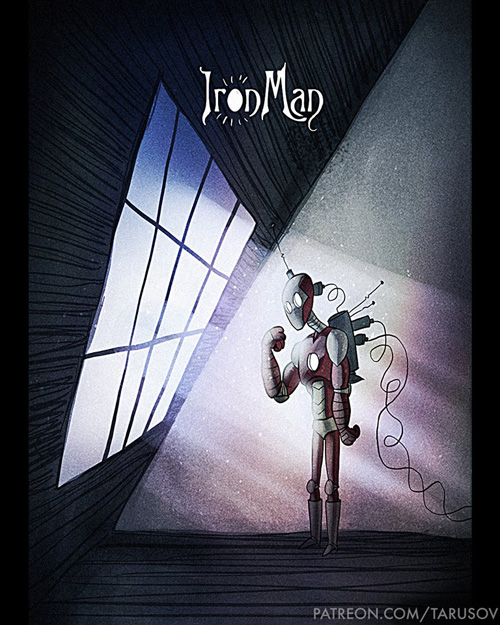








 Sometimes it is just better not to think about how certain video game physics would actually work.
Sometimes it is just better not to think about how certain video game physics would actually work.























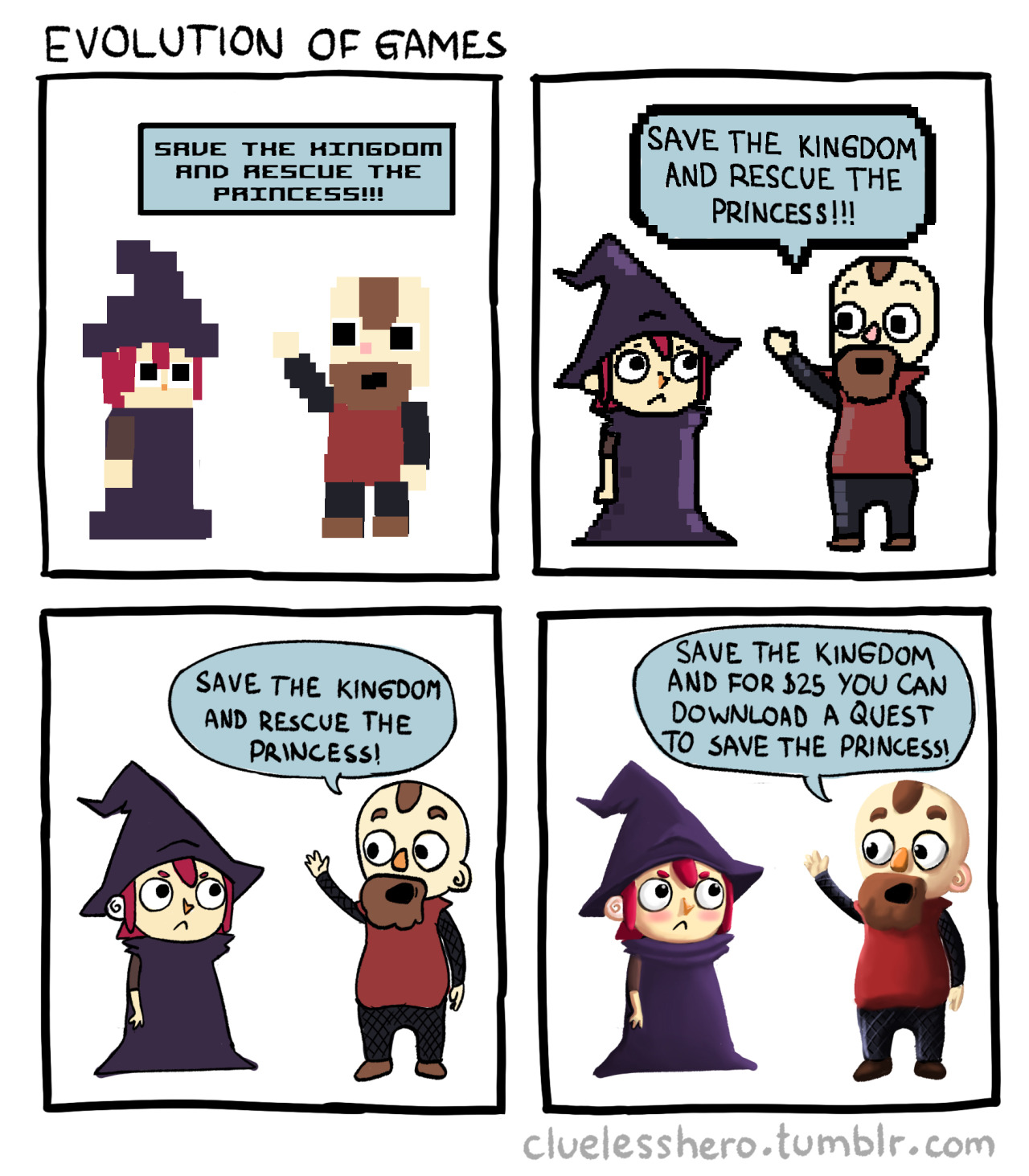 The saddest part is how true this comic actual is.
The saddest part is how true this comic actual is.
